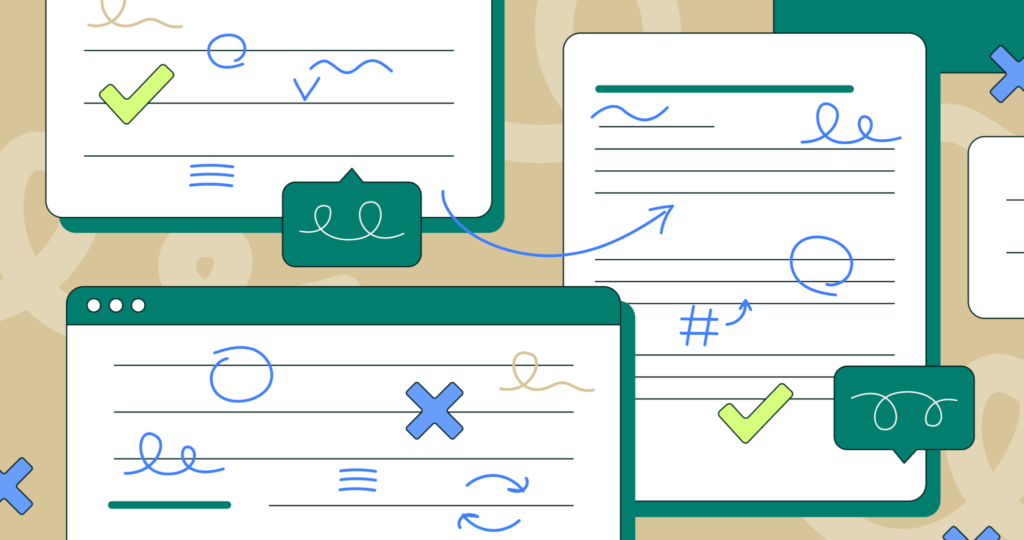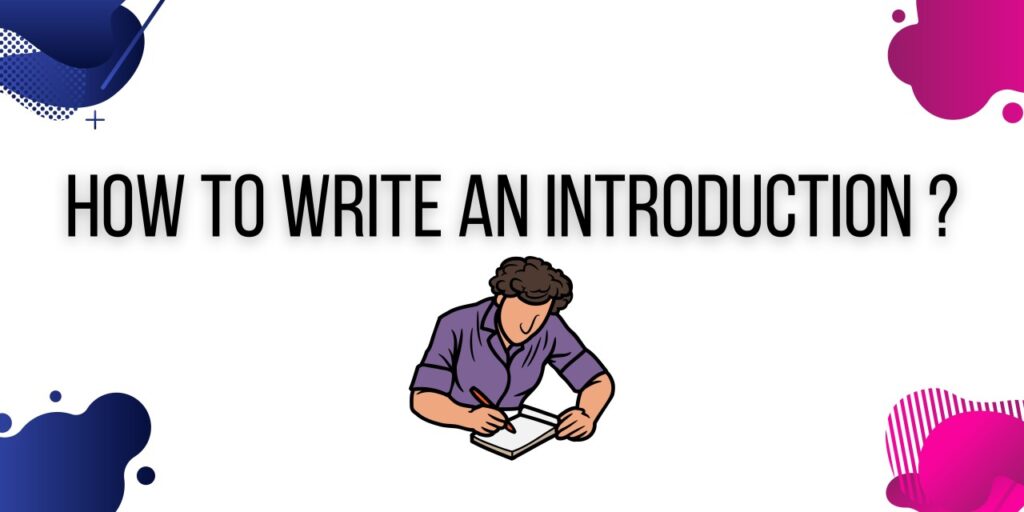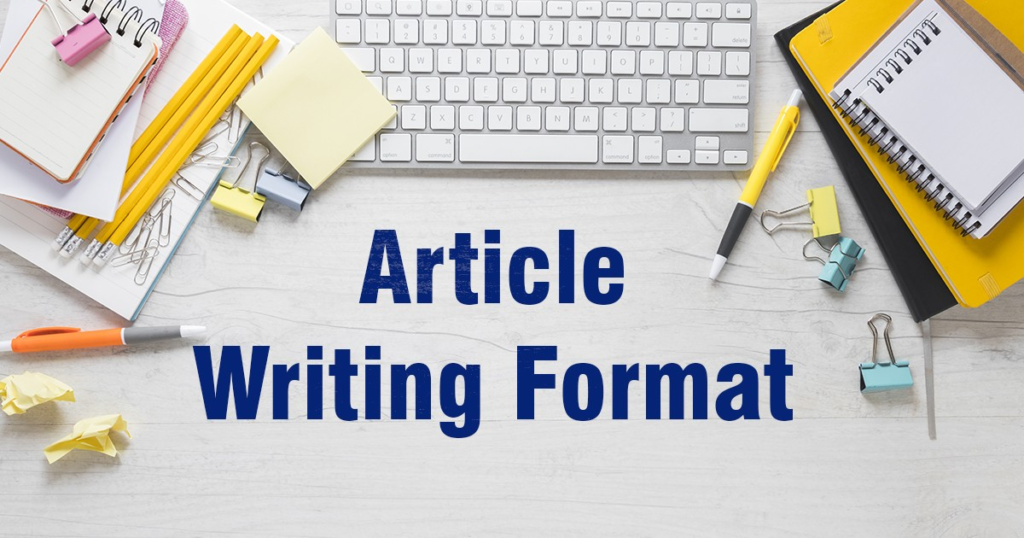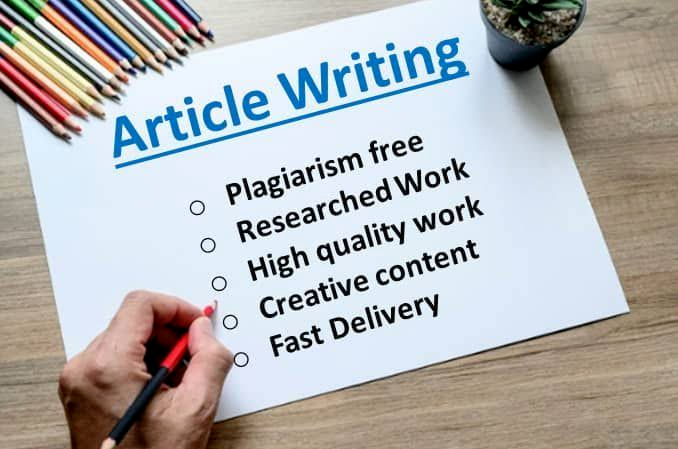Subtotal 0 د.إ
Article writing is a crucial talent for professionals, bloggers, and businesses in the digital era. Learning the art of article writing can change your life, whether you aim to increase your website’s SEO, interact with your audience, or establish yourself as an expert in your field.
This blog will guide you through each step, show you the ideal format, offer examples, and give you valuable advice on improving your writing skills.
Understanding the Art of Writing Articles

Article writing involves producing interesting, educational content suited to a specific audience.
In contrast to short social media updates or blog entries, articles are frequently more detailed, providing readers with informative analysis or problem-solving techniques.
The Value of Article Writing
You’ll be amazed by the impact articles can have! Well-written articles hold considerable value and can:
Improve SEO: Produce high-quality content to increase your website’s search engine ranking.
Develop Authority: Show that you’re a trusted expert in your field.
Grab the Readers’ Attention: Educate and entertain your audience with your information.
Increase website traffic: To attract more potential clients.
Advice on Writing Effective Articles

Recognize your audience
The key to effective article writing is understanding your target audience. Adjust your content to their reading level, needs, and areas of interest. Use a voice and manner that they can relate to.
Be Brief and Clear
It is essential to be brief and precise. Avoid using technical terms and specialized language, and get straight to the point to ensure your message is clear and short.
Make Eye-Catching Headlines
Headlines are what initially draw readers in. Make them exciting and educational. Use figures, queries, or engaging statements to capture readers’ interest.
Include Images
Using visuals like pictures and videos can greatly improve your article writing. They can attract readers’ attention, break up the text, and visually represent complex ideas. Ensure every image is excellent and relevant to the content of your article.
Edit thoroughly

The power of editing should always be appreciated. Eliminate unnecessary words, correct grammatical errors, and ensure your writing flows naturally.
When editing, pay particular attention to the clarity of your ideas, the structure and organization of your article, and the overall ease of reading your writing.
Hemingway and Grammarly are two valuable tools to have when editing.
Ask for feedback
Before publishing, ask for feedback from your trusted friends or co-workers. Different viewpoints are precious and can provide helpful information or point out mistakes you might have ignored.
This collaborative approach ensures that your article writing is the best, making your readers feel included and valued.
Keep Yourself Updated
The field of content writing is constantly evolving. To ensure your content is still helpful and relevant, keep up with the most recent developments in SEO and article writing.
You can accomplish this by regularly reading industry blogs, going to online seminars or conferences, and following reputable sources on social media.
A Step-by-Step Guide to Writing Articles

Select a Subject
The first step in article writing is choosing an interesting and relevant topic. Think about your target audience and any concerns or queries they might have.
Utilize keyword research tools to discover prominent search terms associated with your industry.
Carry Out Research
Detailed research is essential. When collecting information, consult reliable sources, including academic journals, trustworthy websites, and expert interviews.
Make notes and arrange your research to ensure you have a lot of material to choose from.
Create an Outline
An outline serves as the roadmap for your article. It guarantees a logical flow of information and helps you organize your thoughts.
An outline for an article includes:
Introduction: Present a summary of the subject and why it matters.
Main Body: Divide the content into sections with sub-headings to discuss different aspects of the topic.
Conclusion: Summarize the main ideas and present a call to action or challenge.
Write the Introduction

The goal of the introduction is to draw the reader in and give a summary of the topics the article will cover. Begin with an attention-grabbing opening, like a shocking statistic or an engaging query.
Next, provide some background information and explain the article’s goal.
Construct the Main Body
This is the point at which you should be precise. A particular aspect of the subject should be covered in each section, using evidence from quotes, examples, and facts.
Make sure the story keeps flowing naturally from one paragraph to the next. To achieve this, use transparent topic sentences at the beginning of each section, provide supporting evidence or examples, and use linking words or phrases to guide the reader through your ideas.
Write a Concluding Statement
The conclusion should summarize the article’s primary ideas and restate the main point.
It should urge readers to visit your website, contact your company for further information, or put what they’ve put into practice.
Rewrite and Verify
Editing is an essential phase when drafting an article. Check your article writing for grammatical accuracy, consistency, and clarity.
Verify your work for consistency in style and spelling, as well as for problems in punctuation. Reading your essay aloud to spot awkward or unclear sentence construction can be helpful.
Make SEO-friendly adjustments
Make sure your article is search engine optimized to guarantee it reaches a larger audience.
This includes conducting thorough keyword research to find the most relevant and high-traffic terms in your industry, strategically placing these keywords throughout your article, and optimizing meta descriptions and alt tags to enhance your SEO.
Keyword Usage: The article naturally combines both primary and secondary keywords.
Meta Description: Craft an engaging meta description that includes your primary keyword.
Internal and External Links: Include links to relevant pages on your website and credible external sources.
The Best Format for Article Writing

The best articles are built in a specific way that makes them apparent. Let’s look at an example to see how it works.
Headline
Your primary keyword should be included in a catchy title.
Beginning
Background data, statement of purpose, and principal component
Heading1: First Subtopic
Specifics, data, and examples
Heading2: Second Subtopic
Specifics, data, and examples
Heading3: Third Subtopic
Specifics, data, and examples
- To sum up,
A summary of the key concepts
Demand that things be done.
Typical Errors to Avoid While Article Writing

Not Enough Planning
Without a clear plan, producing an article can result in disjointed and straightforward content. Always begin by creating an outline.
Ignoring search engine optimization
If you ignore SEO, your article’s audience may be reduced. While writing articles, stick to SEO best practices and include relevant keywords.
Excessive Use of Difficult words
Excessive use of specialized language or technical terms can turn off readers. Stay clear and understandable in your language.
Ignoring the Editing Step
Errors can arise from neglected editing and proofreading, which will lower the caliber of your work.
Before publication, always give your work a thorough assessment.
Composing for All Readers
Boring stuff happens when you try to please everyone. Find out who you’re writing for by looking at their age, interests, and what they need.
Write your article to talk directly to these things, using words and examples they understand.
This will make your article more interesting and essential to the people you want to read it.
Scope of Article Writing

Writing articles can have many types and aims. It can be anything, from discussing products and explaining how to do things to sharing your thoughts and teaching through blogs.
Knowing how to write articles can help you talk better and market yourself.
It doesn’t matter if you’re a business trying to improve your website, a writer offering services, or someone making content for social media.
Sticking to these principles and avoiding frequent blunders can improve your article-writing abilities and help you create outstanding material. Cheers to your writing!
For professional content writing services, contact us now.


